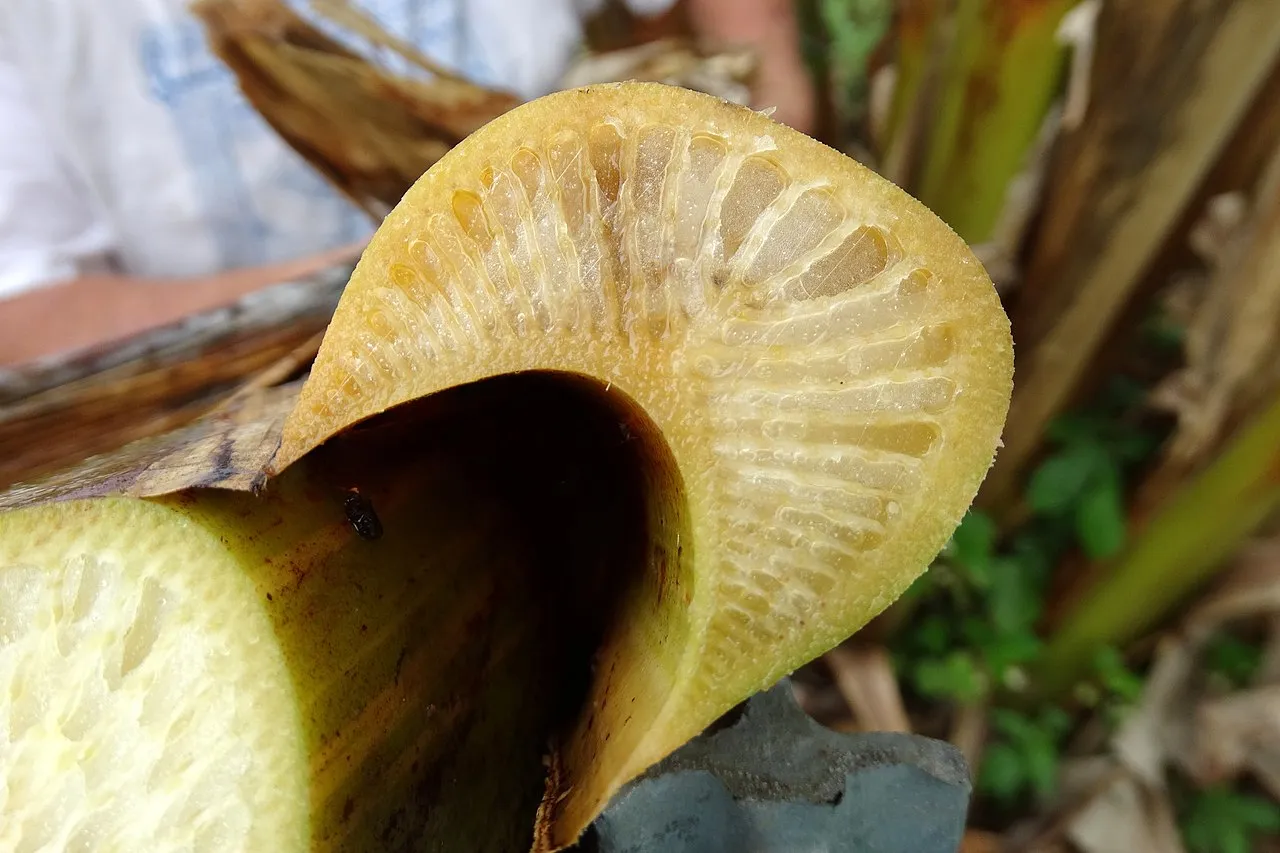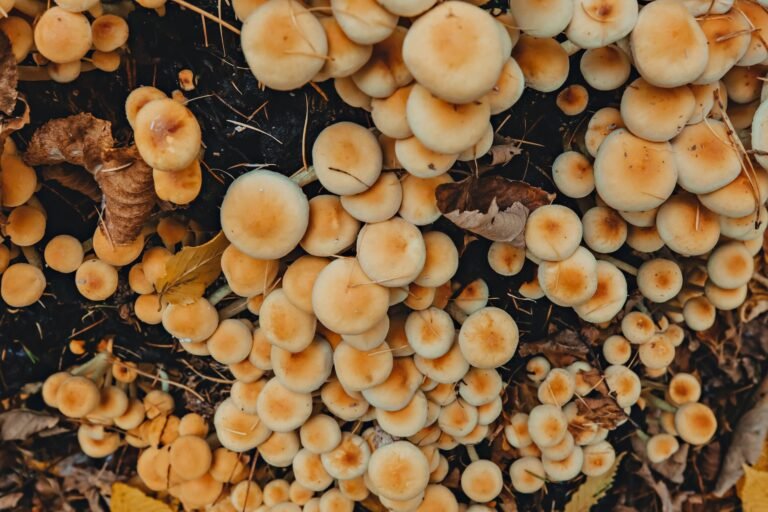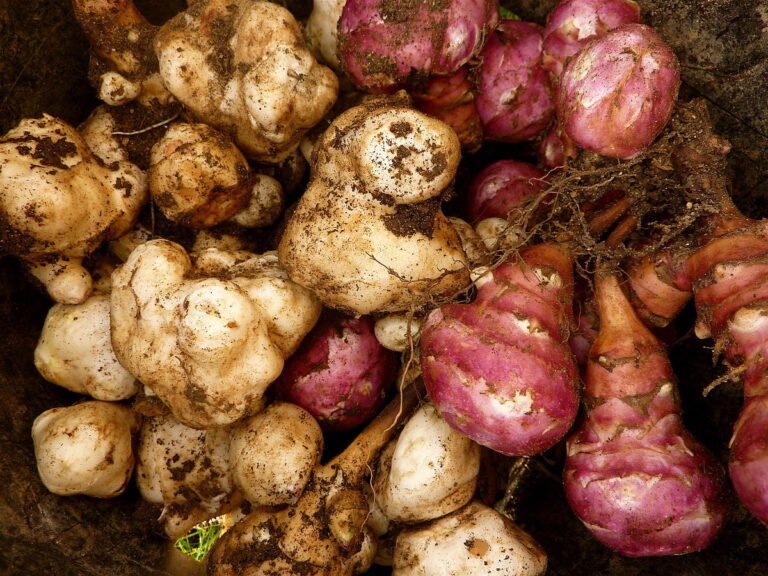Fusarium Disease: A Gardener’s Guide to Identification, Prevention, and Control
Fusarium disease, a formidable adversary in the garden, is caused by fungi belonging to the Fusarium genus. It’s notorious for its ability to wreak havoc on a wide range of plants, from the humble tomato in your vegetable patch to the towering palm trees in tropical gardens. Understanding Fusarium disease is crucial for every gardener, as it not only affects the health and yield of the plants but also poses significant challenges to managing its spread. This guide aims to arm you with knowledge and strategies for identifying, preventing, and controlling Fusarium disease, ensuring your garden remains a vibrant and healthy oasis.
What is Fusarium Disease?
Fusarium disease refers to a group of fungal infections caused by several species within the Fusarium genus. These fungi are soil-borne and can infect plants at any stage of growth, leading to a range of symptoms including wilting, yellowing of leaves, stunted growth, and even plant death. Fusarium can remain dormant in the soil for years, making it a particularly challenging adversary.
Identifying Fusarium Disease
- Wilting: One of the first and most noticeable symptoms, often starting with the lower leaves and progressing upwards.
- Yellowing and Browning of Leaves: Leaves may yellow and eventually turn brown, a process often accompanied by wilting.
- Stunted Growth: Infected plants often display significantly reduced growth compared to healthy counterparts.
- Root Rot: Upon inspection, the roots of affected plants may appear brown and mushy, a sign of root rot caused by the fungus.
- Vascular Discoloration: Cutting into a stem may reveal brown or reddish vascular tissues, indicative of Fusarium’s spread within the plant.
Preventing Fusarium Disease
- Crop Rotation: Avoid planting the same crop, or crops from the same family, in the same location year after year. This practice helps reduce the buildup of Fusarium spores in the soil.
- Soil Health: Maintaining healthy soil through the addition of organic matter can improve drainage and reduce the likelihood of Fusarium infections.
- Sanitation: Regularly remove and dispose of infected plant material. Clean tools and equipment to prevent the spread of the fungus.
- Resistant Varieties: Whenever possible, opt for plant varieties that are resistant or tolerant to Fusarium disease.
- Water Management: Water plants at the base to avoid wetting the foliage, and ensure adequate drainage to prevent waterlogged conditions.
Controlling Fusarium Disease
Once Fusarium disease has been identified in your garden, controlling its spread becomes the primary focus. While completely eradicating the fungus from the soil is challenging, the following measures can help manage its impact:
- Remove Infected Plants: Promptly removing and destroying infected plants can prevent the spread of the disease to healthy plants.
- Soil Solarization: In heavily infected areas, soil solarization during the hot summer months can help reduce the Fusarium spore count in the soil.
- Fungicides: While fungicides may not be effective against all Fusarium species, they can help manage some infections. Always follow the manufacturer’s instructions for application.
- Biological Control: The use of beneficial microbes, such as Trichoderma species, has shown promise in suppressing Fusarium growth and protecting plants.
Final Thoughts
Fusarium disease poses a significant threat to a wide variety of plants, but with the right knowledge and strategies, it can be managed effectively. By focusing on prevention through cultural practices like crop rotation and soil health, and by employing control measures at the first sign of infection, gardeners can significantly mitigate the impact of Fusarium disease on their plants. Remember, a healthy garden is not only about combating pests and diseases but also about creating an environment where plants can thrive despite the challenges they face.







